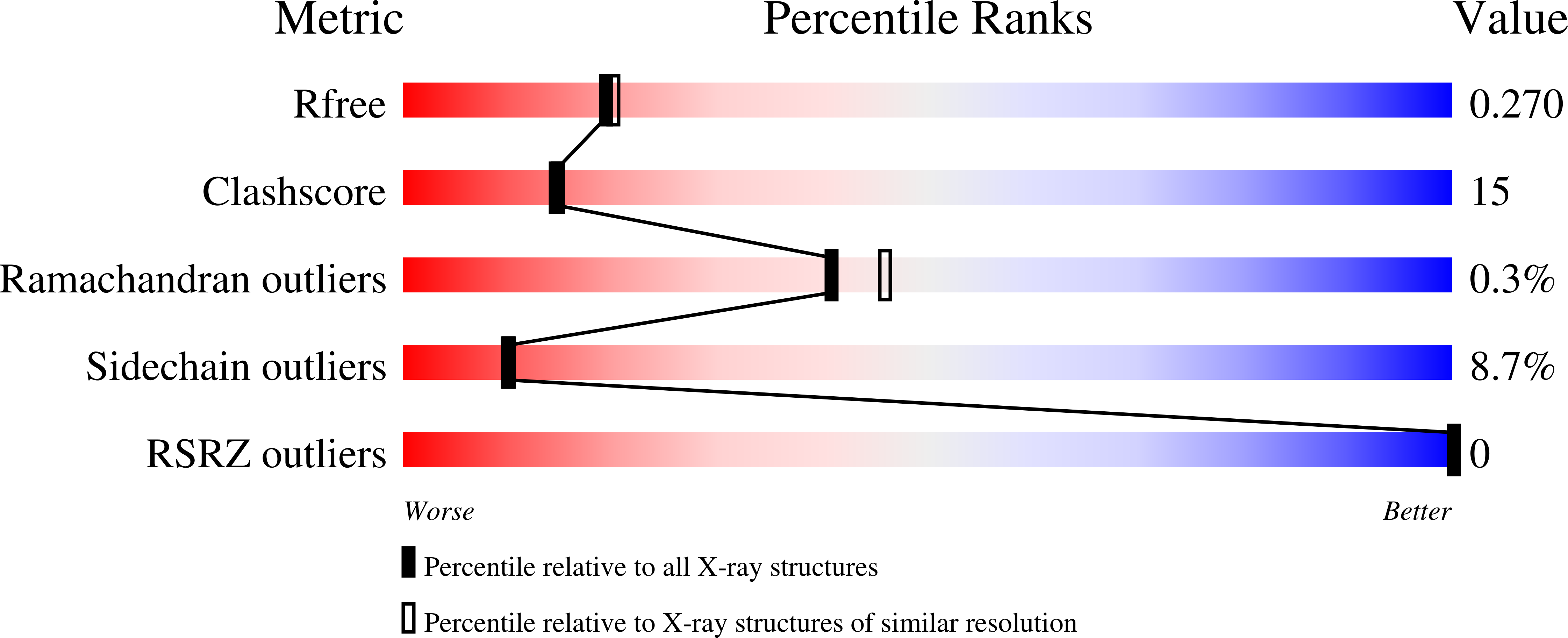
Deposition Date
2022-04-30
Release Date
2022-07-20
Last Version Date
2024-01-31
Entry Detail
PDB ID:
7ZQK
Keywords:
Title:
Crystal structure of photosynthetic glyceraldehyde-3-phosphate dehydrogenase from Chlamydomonas reinhardtii (CrGAPA) complexed with NAD+
Biological Source:
Source Organism:
Chlamydomonas reinhardtii (Taxon ID: 3055)
Host Organism:
Method Details:
Experimental Method:
Resolution:
2.20 Å
R-Value Free:
0.26
R-Value Work:
0.24
R-Value Observed:
0.25
Space Group:
C 2 2 2


